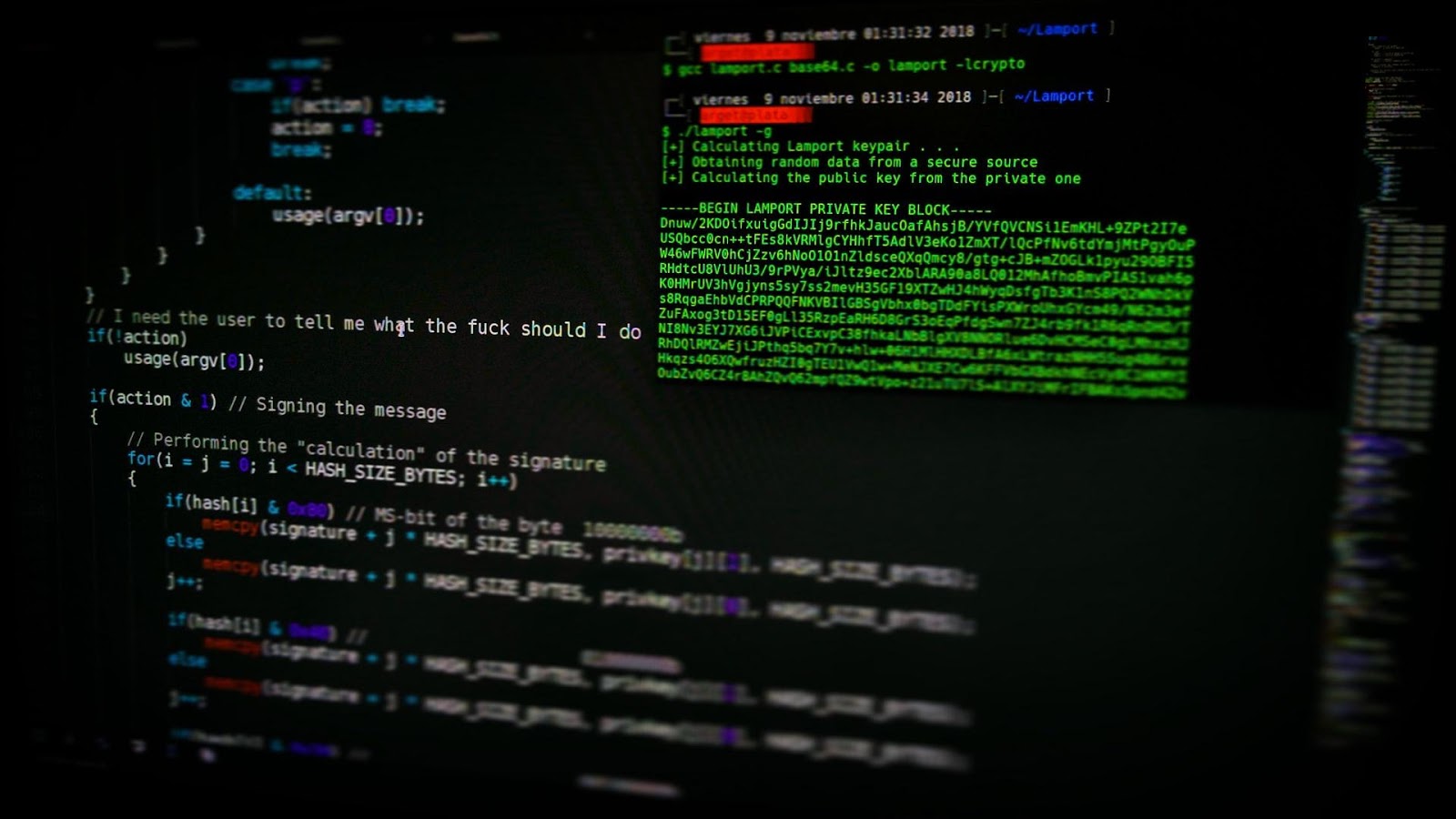
Need to know information: More and more information is moving online. Now more than ever, we must take identity theft seriously and use these five simple methods to guard our personal information.
For most Americans, the specter of identity theft has existed either as a phenomenon or as a real-life personal experience. Identity thieves are constantly finding new ways to steal away our data and our personal information.
And, even though identity theft has been around since the birth of the internet, it has only recently been recognized as a federal crime by the US Government. A criminal charged with identity theft is imprisoned from 2-5 years, depending on the kind of identity theft (usually criminal identity theft is punished with imprisonment up to 5 years).
Taking into consideration the seriousness of identity theft and its rampant spread across the web, we must know how to protect ourselves and our data.

Types of Identity Theft
The most common kinds of identity theft are criminal identity theft, financial account theft, medical identity theft, and credit identity theft. Here are some brief definitions of each type.
Criminal Identity Theft
This kind of identity theft occurs when a criminal gives authorities a name or an address of a civilian during an investigation to misguide the authorities, so they can arrest somebody else.
Financial Account Theft
This occurs when hackers steal your passwords and personal data to access your financial accounts and steal your money.
Credit Identity Theft
This kind of identity theft concerns the illicit use of your social security number or birthdate by a criminal, causing damage to your credit report and putting it in need of repair.
Medical Identity Theft
It happens when a person uses your medical information or passwords to access the medical care system and receive free medical care.
5 Methods to Prevent Identity Theft
- Freezing Your Accounts and Credit Report – Freezing your bank account, credit cards, and credit report is the first step you should take when you suspect any suspicious activity.
- Fraud Alerts – These alerts are a helpful preventive measure or can be an alarm bell to change your passwords or freeze your account. Most banks and credit cards offer these for free. We highly recommend setting them up on each account.
- Secure Your Devices – When it comes to online identity theft, make sure to always secure the devices from which you enter your accounts. More specifically, install a firewall. This includes the installation of an anti-virus program like Avast or BitDefender. Also, it is very useful to install anti-spyware and anti-phishing programs that will protect you from the illicit extraction of your data through cookies and sites that steal your personal information without your awareness and consent.
- Vary Your Passwords – Every password should be unique and complex. A password storage device will help you remember and manage this information.
- Check your accounts regularly – It is very important to access your accounts regularly and check your information. Look for suspicious transfers or unsuccessful payments. Also, make sure that your payments to banks, private companies, and businesses have actually been completed.
- Secure Your Email – When it comes to email, make sure your passwords are secure but also make sure to not open any phishing emails and to send spam notices when you do get a spam email. Also, you can create more than 1 email account, so that you can have an email address that you use for promotional sites and one email address that you use for contacting the bank or your work.
Conclusion
Identity theft is a very serious and prevalent threat, especially because of our shift online. Therefore, we must be very cautious and protect our personal information like we would guard our home or other goods.


No Comments yet!